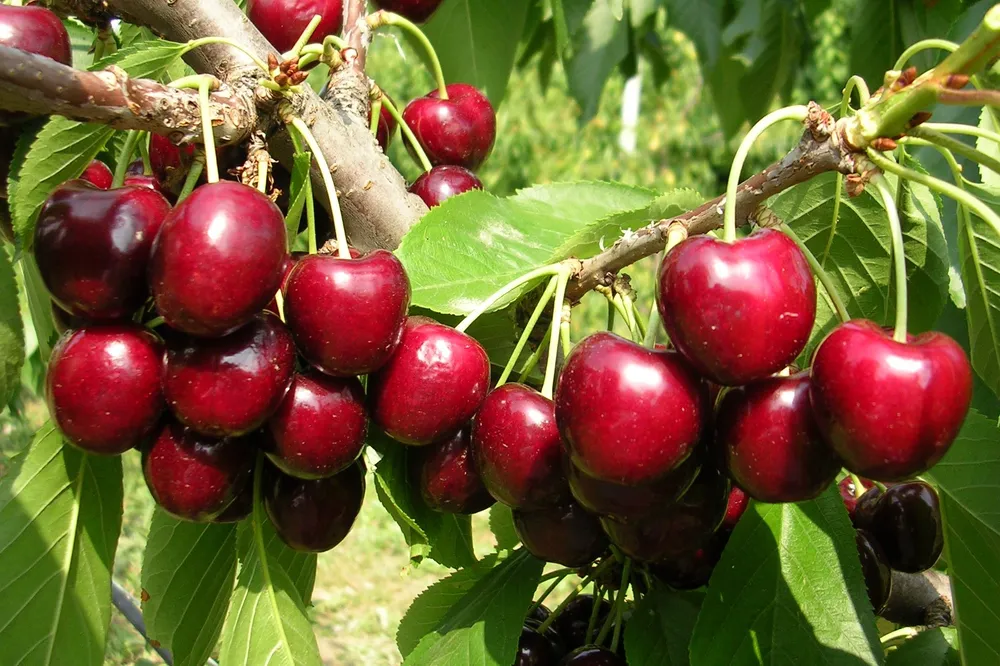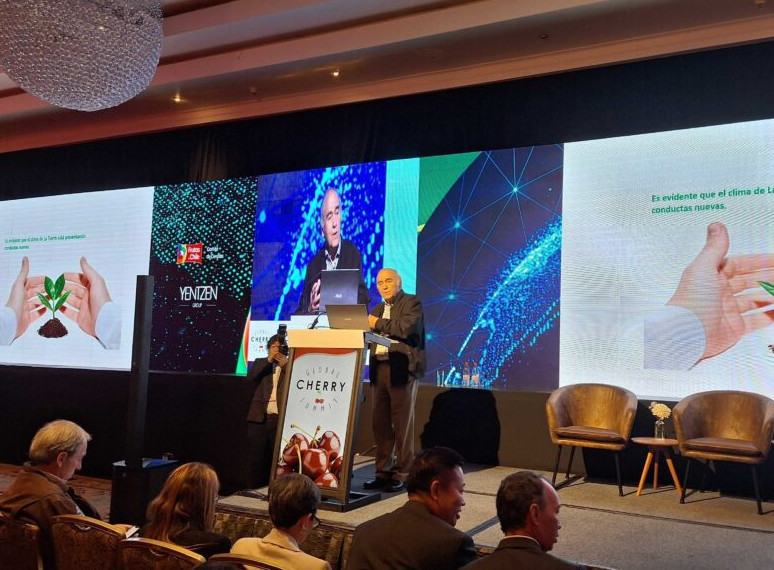Cracking is a difficult phenomenon to study, even in controlled environments, as it is the result of a combination of genetic and environmental factors. To act against this problem, numerous compounds have been used in the field to try to improve the quality and productivity of cherries and to mitigate cracking through crop nutrition.
Indeed, calcium has proven to be a key nutrient that can improve both product quality and reduce susceptibility to cracking. However, there are also new compounds that may have the potential to offer new methods to reduce cracking. For example, biostimulants are natural compounds that can be derived from fungi, bacteria or seaweed extracts.
The quality and yield of agricultural products are improved as these substances are associated with increased tolerance to abiotic stresses and enhanced plant growth, thus providing a sustainable alternative to the use of conventional chemicals.
The aim of the collaborative study between the University of Trás-os-Montes and Alto Douro (Portugal) and the Polytechnic University of Cartagena (Spain) was to improve the quality and profitability of sweet cherry trees cv. Sweetheart by administering foliar biostimulants based on calcium and seaweed (Ascophyllum nodosum).
This research was conducted in 2021 in an orchard located in Santa Eulália, São Martinho de Mouros, Portugal. The Sweetheart cultivar was chosen to conduct this trial, in a cherry orchard with a planting density of 4 m × 4 m, corresponding to 625 trees per hectare.
Twelve trees were chosen to receive each treatment, which included two concentrations of calcium (Kit Plant Ca), 300 g hL-1 (Ca_300) and 150 g hL-1 (Ca_150), two concentrations of algae biostimulant (Foralg), 150 mL hL-1 (Seaweed_150) and 75 mL hL-1 (Seaweed_75), a combination of 300 g hL-1 calcium and 150 mL hL-1 algae (Ca_300; Seaweed_150) and a control group that received water instead of seaweed or calcium.
The application of 300 g hL-1 calcium led to a significant 52% reduction in cracking index and a substantial 136% increase in orchard yield. Similarly, but less pronounced, the application of 150 mL-1 seaweed resulted in a 2% increase in fruit weight and a 3% decrease in cracking index.
The results obtained show that the quality and yield of the cherries were improved by the pre-harvest application of both algae- and calcium-derived biostimulants. The cracking index was significantly reduced by both nutrients, particularly in the calcium-treated cherries.
On the one hand, the use of Ascophyllum nodosum produced larger fruits, but the orchard yield decreased. On the contrary, the application of calcium produced smaller fruit, but also substantially reduced the cracking index and significantly increased the orchard yield.
Despite the need for further research and strategies, these results indicate that the nutrients examined in this study may serve as sustainable and innovative alternatives that producers could implement in their orchards to improve the profitability and marketability of cherries.
Source: Santos, M.; Maia, C.; Meireles, I.; Pereira, S.; Egea-Cortines, M.; Sousa, J.R.; Raimundo, F.; Matos, M.; Gonçalves, B. Effects of Calcium- and Seaweed-Based Biostimulants on Sweet Cherry Profitability and Quality. Biol. Life Sci. Forum 2023, 27, 45. https://doi.org/10.3390/IECAG2023-15876.
Image: SL Fruit Service
Melissa Venturi
University of Bologna (IT)
Cherry Times - All rights reserved










